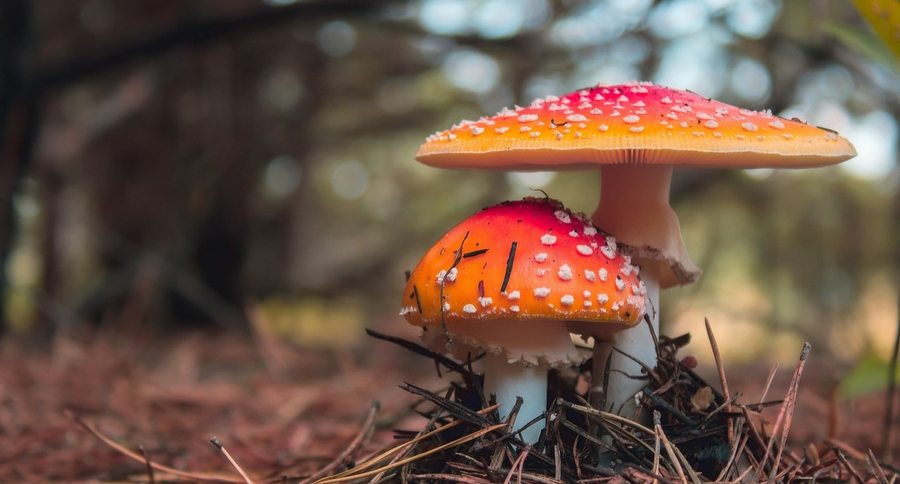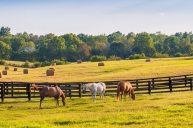99% of wild mushrooms are actually non-toxic. What you have to worry about is the 1% of highly toxic mushrooms that can cause life-threatening problems to pets!
Can you tell the difference between toxic mushrooms and safely edible mushrooms? It's hard to tell the two apart at a glance, and a curious dog spending time in your yard could happen upon toxic mushrooms and end up in a health crisis. That's why it's a great idea to be proactive and continuously remove all wild mushrooms from your yard.
Why take a chance with that 1% of deadly mushroom species found across the United States? Unless you know that the mushrooms in your yard are not toxic, it's better to make shroom removal part of your spring and fall routine. According to the North American Mycological Association (NAMA):
"Pets have been known to eat mushrooms in yards and while on walks...Dogs take a special interest in both Amanita phalloides and Inocybe species, quite possibly because of their fishy odor. Amanita phalloides is well known to be a deadly species but Inocybe species that also contain muscarine can be lethal to dogs."
Ingesting poisonous plants on a hike is more likely but these five mycotoxins and related mushrooms can cause a tremendous amount of damage to your dog's organs - sometimes leading to death. It's imperative you know how to identify these wild mushrooms and the effect the mushroom toxicity will have on your dog. The main clinical signs for all of these toxic mushrooms are gastrointestinal upset and in some cases, liver failure or death.
Mushroom poisoning cases can also experience tremors, drooling, and in some cases can put your dog in the hospital. Poisoning can result in everything from blood pressure fluctuations to kidney failure. Watch out for all little brown mushrooms in your yard, specifically. When you read on, and learn about these five Mycotoxin categories and the mushrooms associated with each, you'll see why!
1. Muscarine
Mushrooms: Inocybe species, Clitocybe dealbata
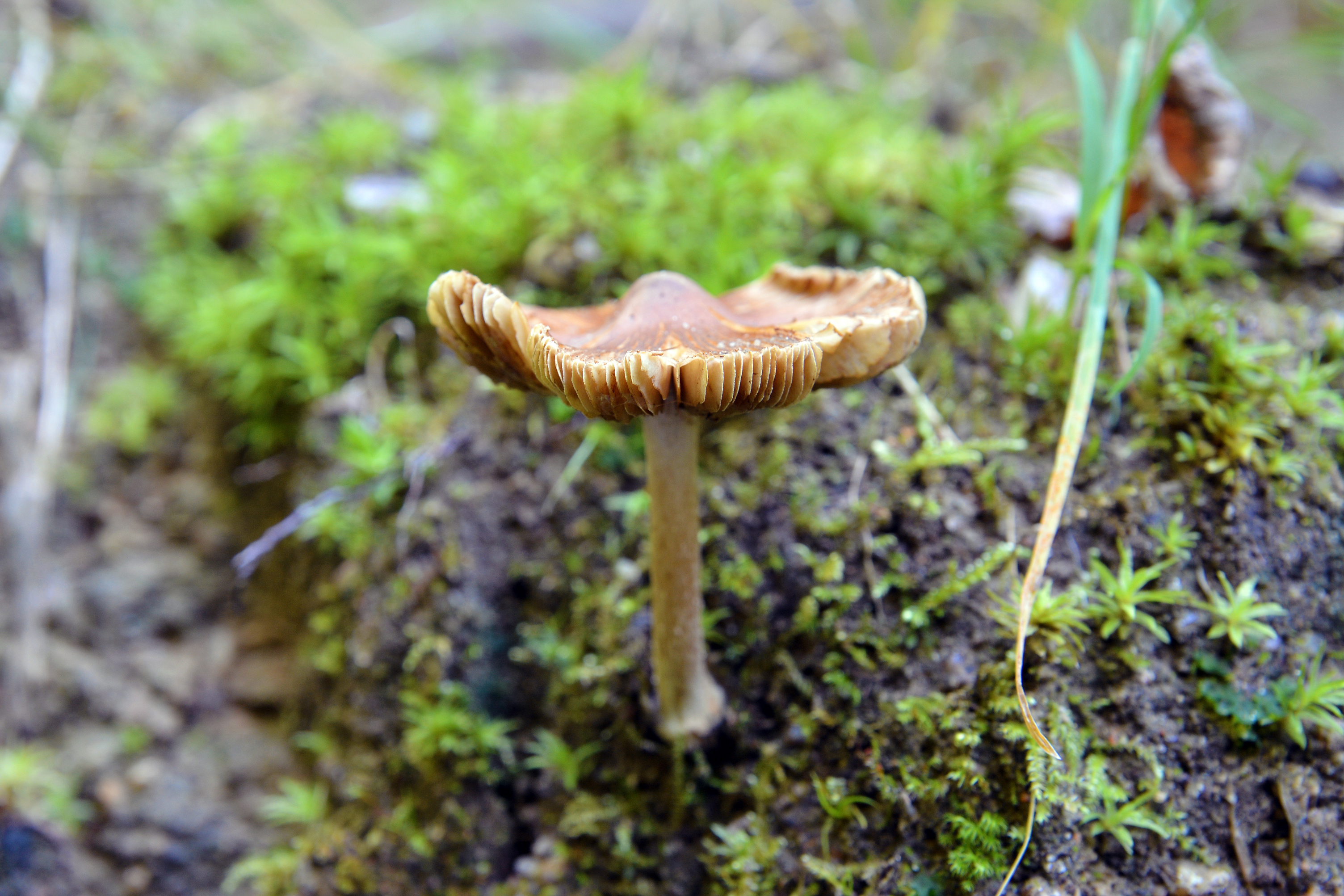
Symptoms usually occur within 15-30 minutes of mushroom ingestion, and are focused on the involuntary nervous system. Victims normally recover within 24 hours, but severe cases may result in death due to respiratory failure. Atropine is a specific antidote. Dogs are particularly susceptible to the toxin muscarine.
2. Isoxazole Derivatives
Mushrooms: Amanita muscaria, A. pantherina, A. gemmata
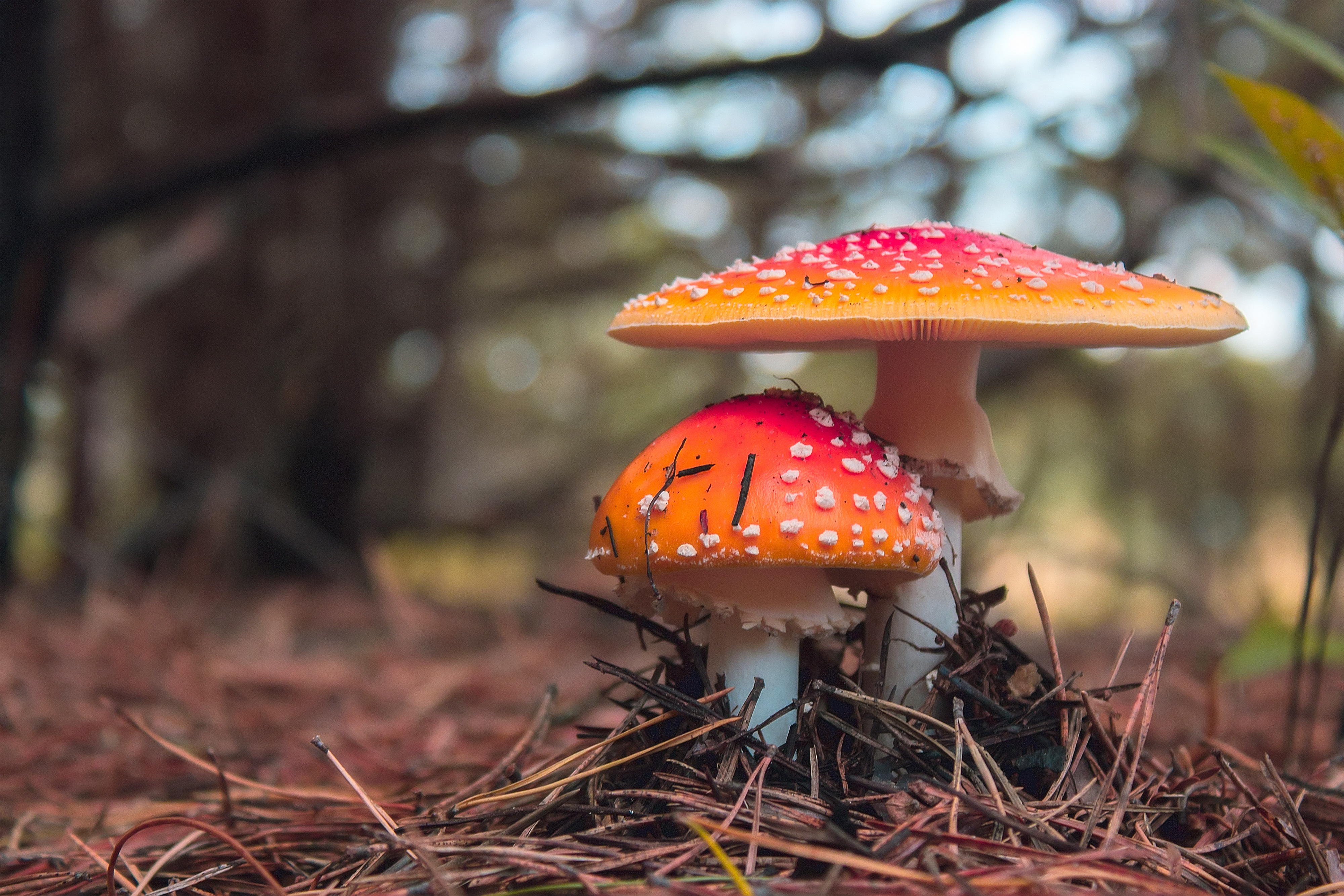
Symptoms appear within 30 minutes to two hours after ingestion, and last for several hours. Nausea, abdominal pain, and vomiting are quite common, but the principle effects are on the central nervous system (which can lead to coma). Drowsiness is a common symptom, and dogs that ingest these mushrooms fall asleep and cannot be woken. The NAMA reports that:
"Dogs and especially cats can die from these isoxazole toxins, though it is important for the vet not to euthanize an animal. Once the animal awakens from the comatose state recovery is normally complete over the course of a week or so."
3. Amanitin (Amatoxins) a.k.a. Death Cap Mushrooms
Mushrooms: Amanita phalloides, A. ocreata, A. verna, A. bisporigera
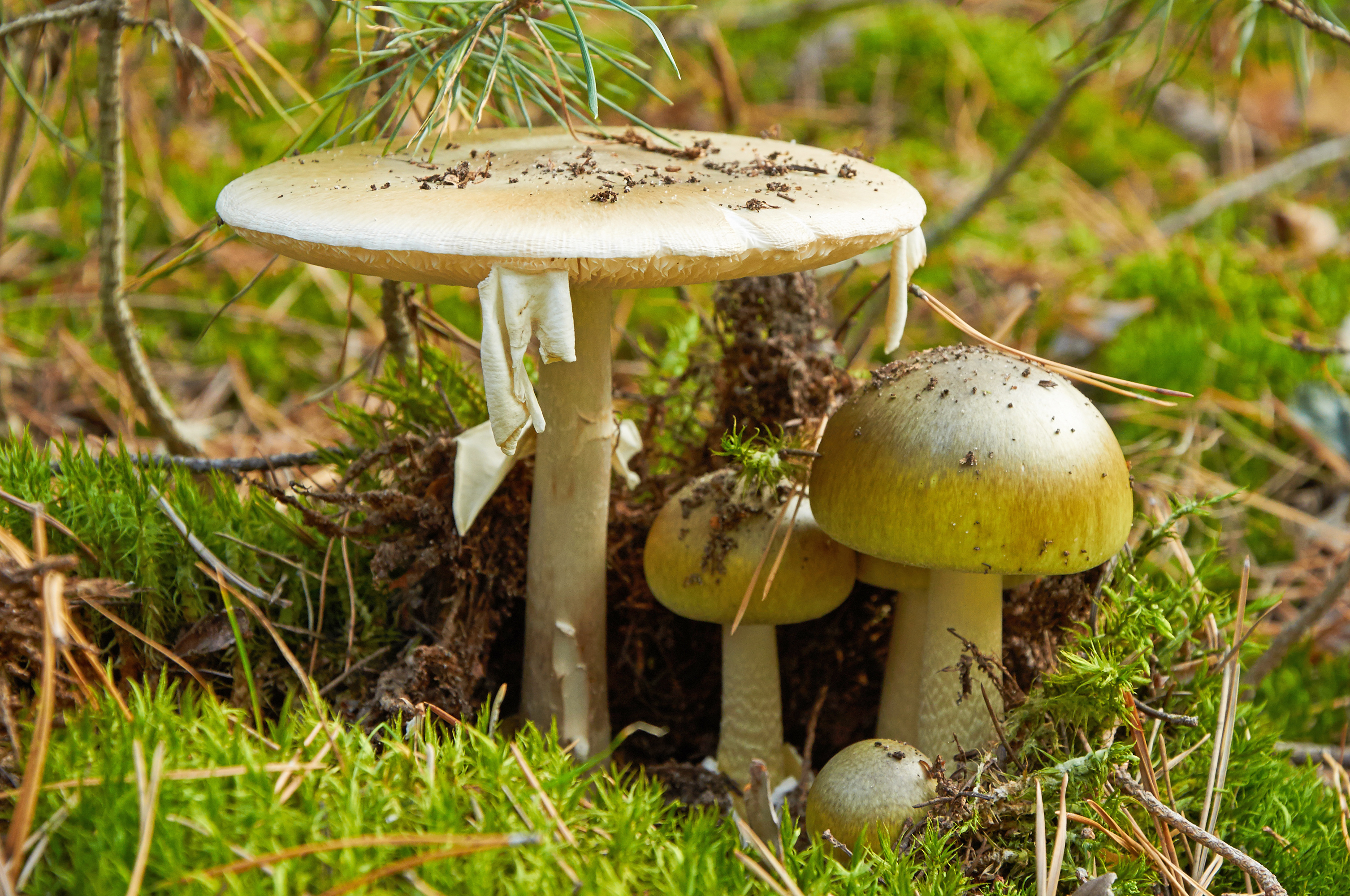
Eating these mushrooms is extremely serious. The fatality rate for Amanitin poisoning is about 10% in the U.S. and Canada where good medical care is readily available. Amatoxins are doubly dangerous due to the fact that the symptoms are delayed for six to 24 hours after ingestion, by which time the toxins have been completely absorbed by the body.
If a dog eats a death cap, DON'T WAIT for symptoms to appear! Take your dog in to see their veterinarian or go to the emergency vet for amatoxin poisoning. Aggressive treatments will start immediately.
4. Gyromitrin
Mushrooms: Gyromitra esculenta and possibly G. ambigua
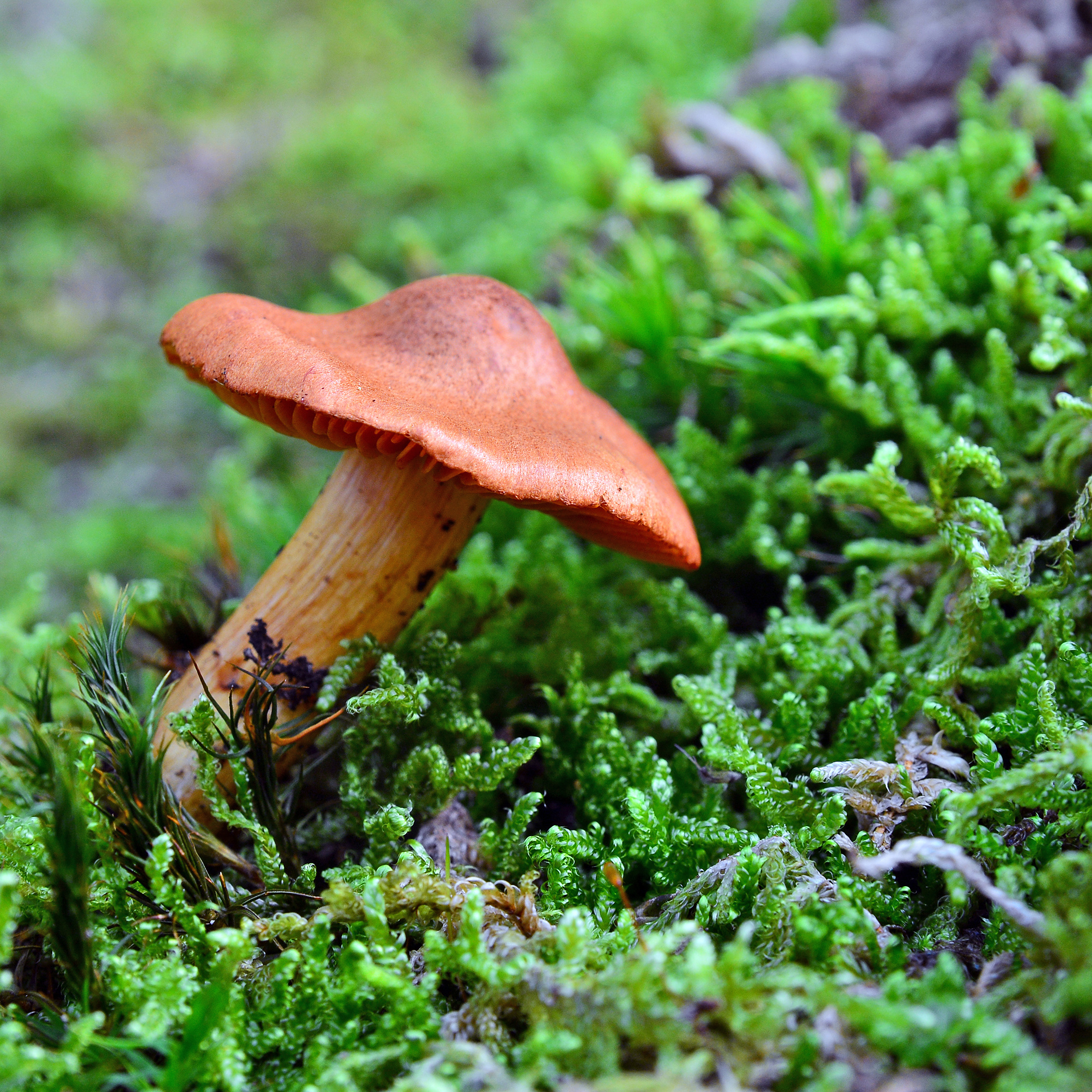
Symptoms appear within two to 24 hours and include headaches, and gastrointestinal signs like abdominal pain, severe diarrhea, and vomiting will arise. In severe cases, liver damage, kidney failure, and red blood cell damage may occur, possibly resulting in death.
5. Amanitas
Mushrooms: Amanita smithiana, Amanita ocreata, A. proxima, A. pseudoporphyria
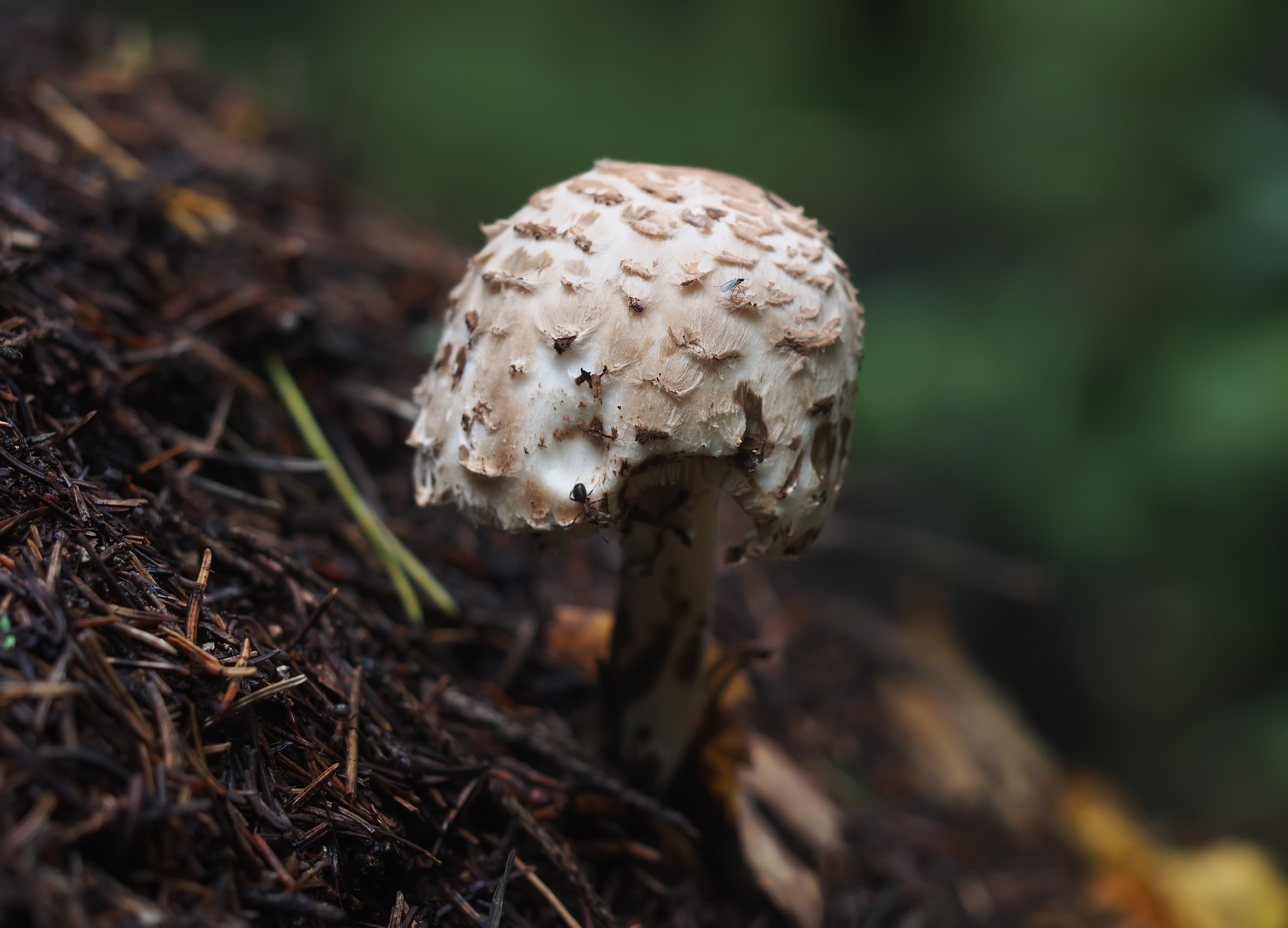
Amanita smithiana has caused numerous poisonings in the Pacific Northwest, where it is possibly being mistaken for the popular Matsutake, or "Pine Mushroom" Tricholoma magnivelare, to which it bears a superficial resemblance. Amanita ocreata is also a dangerous mushroom, bearing the nickname the death angel.
Watch your dogs if you're Truffle Hunting!
Here is some information on how to distinguish the amanita mushrooms from other mushrooms. Mushroom identification is half the battle! And here is a sad example of fatal mushroom poisoning and why it's super important to watch your pet in the woods.
If you suspect that your pet has consumed a poisonous mushroom, contact your veterinarian, pet emergency hospital, or the animal poison control center (there is a small fee for using this service). It is important to get your pet immediate care at a facility equipped to deal with mushroom poisoning cases.
Have you ever called the animal poison control center? What was your experience like caring for your pet after toxic mushroom ingestion? Please let us know in the comments.
WATCH NOW: People Are Poisoning Dogs
